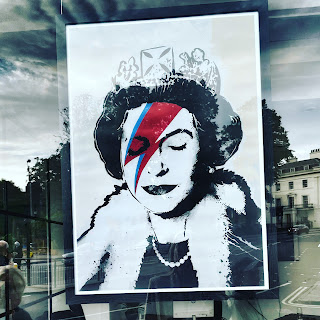Kindle Personal Documents and how to format a Word Document for Kindle
As anyone with a kindle, or kindle app on a phone or iPad knows, it becomes second nature to read books, magazines, or articles with a finger-swipe to turn the page. I still love paper books and always will, but I justified my iPad with the convenience of having dozens of books with me whenever I travel, and that was before I’d gone trolling through amazon for cheap kindle books to buy and read. There have been some really excellent discoveries among the kindle daily deals (usually $1.99) and books under $3.99 categories (including Marking Time) that I never would have stumbled on if it weren’t for the price.
As I was writing Marking Time I went through several
drafts and burned through several readers (thank you Valerie, Mom, Angela,
Tania, Alexandra, Yaniv, Sara, Linda, Laura, Dad and Ed)!!! And though I did print some galleys, my most
effective tool was the kindle documents feature. I inserted whatever cover design I was
currently favoring at the front of the manuscript, saved the whole thing as a
PDF, and then e-mailed it to the kindle personal document e-mail address for
each reader.
But the reading experience
was often not the best, and when I finally did the proper formatting to upload
the book to kdp for publishing, I discovered that I could send myself the fully
formatted file as a personal document, and except for the cover, which I never
figured out how to attach, it reads perfectly.
It was how I could do my final proof before uploading the completed
manuscript.
The other major offenders are tabs. They are the bane of a writer’s existence and
will not translate welinto the html file that kindle can read. In the “Home” tab at the top of your document, in the
“Paragraph” section is this icon which allows you to change spacing.
Click on that, set your line spacing to 1.15”
and at the bottom of the screen, “add space after paragraph.”
Then go to “line spacing option.
I
had only tabbed the first line of a few paragraphs, but the way I found them
was by showing all the hidden formatting symbols. Also in the “Paragraph” section, click on the
backwards “P” symbol for paragraphs and it will show every symbol you’ve
used. If there’s a dot with an arrow
pointing right, that’s a tab key and has to be removed. That “show hidden symbols” key gets very useful
when the document is finally in html, because you can find all the funky things
you didn’t know you’d done, but which will show up as glaring errors in the
final kindle book.
I
did a lot of research about book fonts and chose Garamond as one that looks
right to my eye on the printed and electronic page. So I did a “select all” and changed
everything to Garamond. My book is long
so I did 11pt. type, with 1.15 spacing between lines. If I had set up my “styles” as Garamond
first, it would have saved me a step, but I’ll do that for book two. Of course having done a “select all” change
means having to change all the chapter headings back to 14pt., but that change
was easier because I’d already gone through the whole document and made sure
that all the chapter headings are written in the “Heading 1” style.
The “Heading 1” style for chapter headings will allow you to
create a table of contents easily (fodder for another post), which, in the
kindle format, is hyperlinked to each chapter.
Finally, when you’ve made all the changes, save the word
file as a “Web page, filtered (.html).”
I then put that into the show/hide all paragraph mode so I could see any
other formatting mistakes before trying it out on my own kindle. I was given great advice to save that .html
on my desktop, so I could always find it easily. I also gave it a file name that worked as the
header for the book, because it will automatically do that. Mine is: Marking
Time (The Immortal Descendants) and looks good at the top of every page.
To test my formatting, I attached that .html file to an
e-mail I sent to myself at my kindle.com address. It should look exactly like a regular kindle
book, with side-swipe pages, etc. It’s
also a way to test any hyperlinks you’ve put in your book. I added a page at the end, requesting that if
readers enjoyed the book, would they please leave a review (and then linked my
website, and on a later upload of the kindle, added the actual amazon and goodreads
links for Marking Time). Once I knew the formatting was correct, then
I started working on the title pages, table of contents, and end credits,
including the ISBN and Library of Congress numbers, but those are subjects of
further posts.
There are lots of blog and website resources for formatting
for kindle, and formatting a book for publishing in general, which is where I
found the information to do it myself.
The thing I discovered on my own, by accident, is that I could e-mail
the formatted .html file to my kindle.com account and it would read exactly
like the completed and kdp-uploaded book would.
It’s how I’ll be sending each draft of my next book to future
beta-readers, so as not to make the reading of a work-in-progress any more
painful than it has to be.






